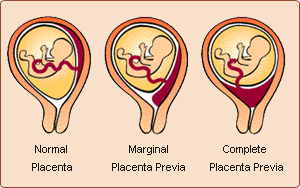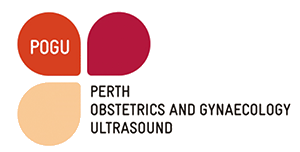A low-lying placenta is often diagnosed on ultrasound scan before 20 weeks. As the baby grows the placenta is carried upwards. For some women the placenta continues to be in the lower part of the womb in later gestation.
What is the significance if finding low-lying placenta at 19/20 weeks scan?
If you have a low lying placenta after 20weeks you may experience vaginal bleeding during your pregnancy. Occasionally it can be very serious as there is a risk of severe bleeding which may threaten the health and life of the mother and baby.
What is placenta praevia?
When the placenta lies too low in the womb after 20weeks it is known as placenta praevia. Only about 1 in 10 women (10%) who have a low-lying placenta will go on to have placenta praevia. When the placenta covers the entrance of the womb (cervix) entirely it is known as major placenta praevia.
What is placenta accreta?
Rarely placenta praevia is complicated by this condition. This is when the placenta is attached to the womb abnormally, making the separation of placenta at the time of birth extremely difficult. Placenta accreta is more commonly found in women with placenta praevia who have had a Caesarean section.

The best way to confirm whether or not you have placenta praevia/ accreta is with a transvaginal ultrasound scan. In placenta praevia/ accreta is diagnosed your doctor may advise additional ultrasound scans to monitor the pregnancy.


